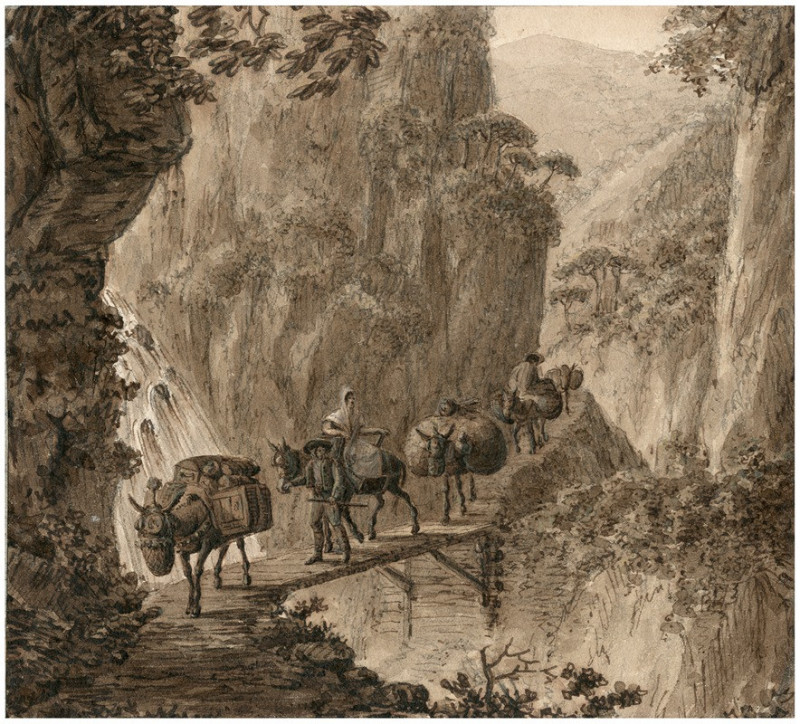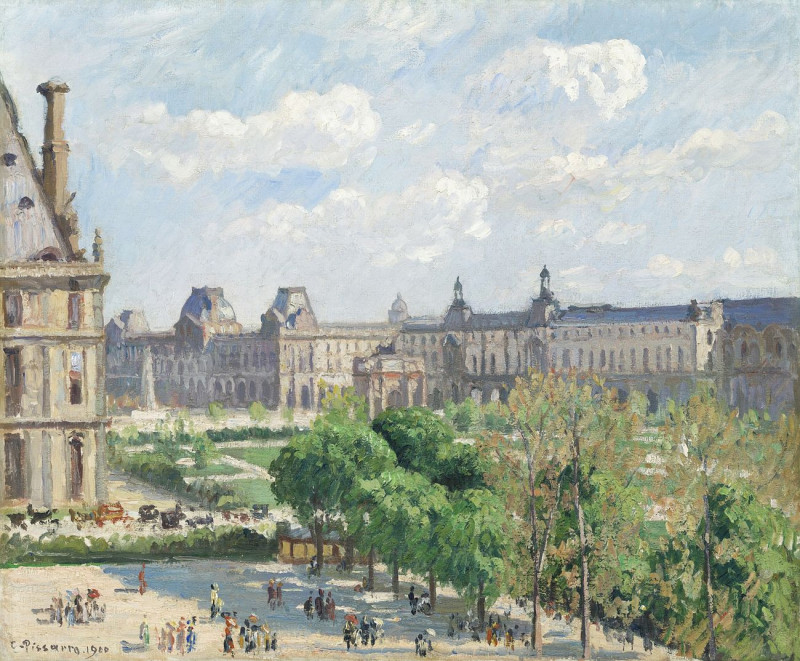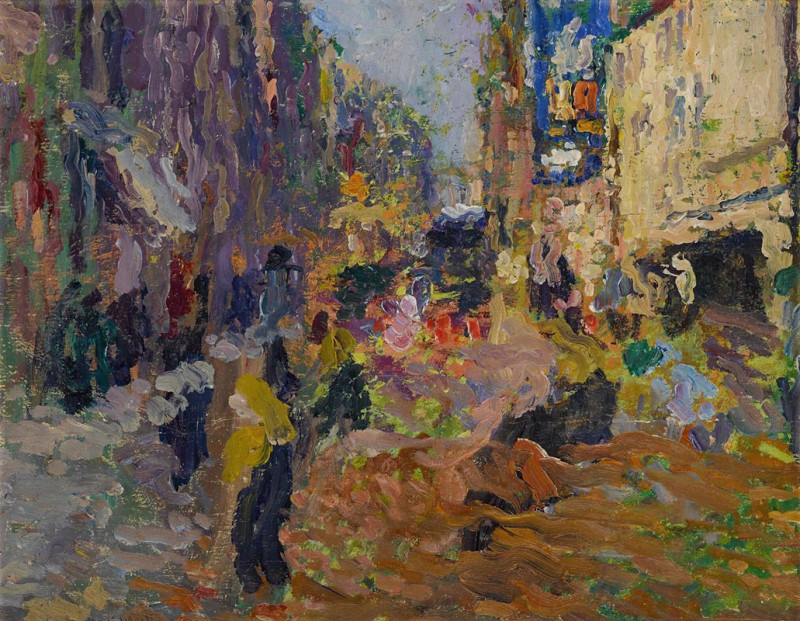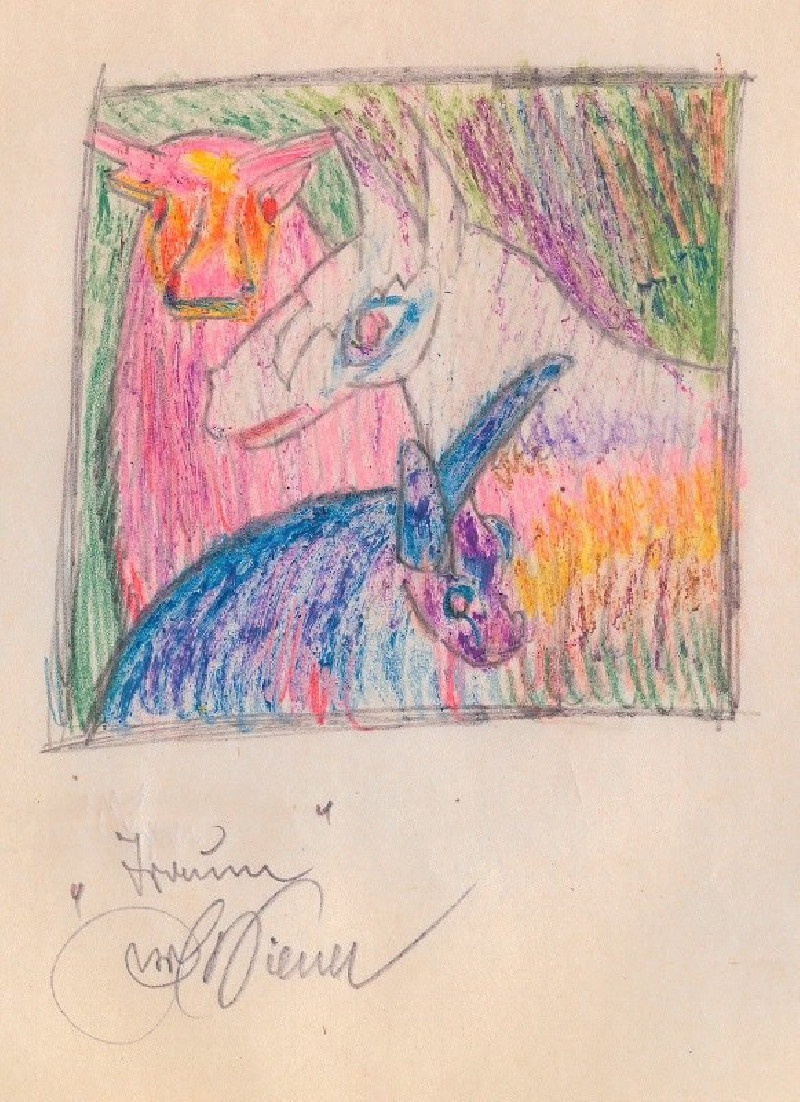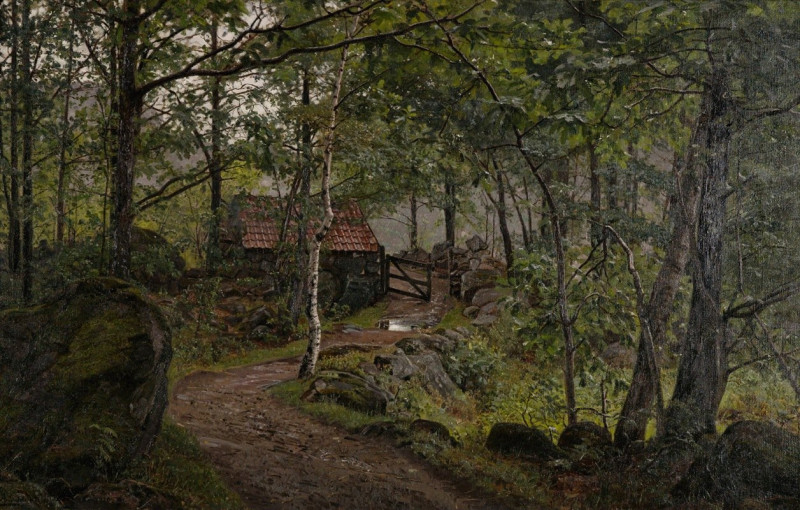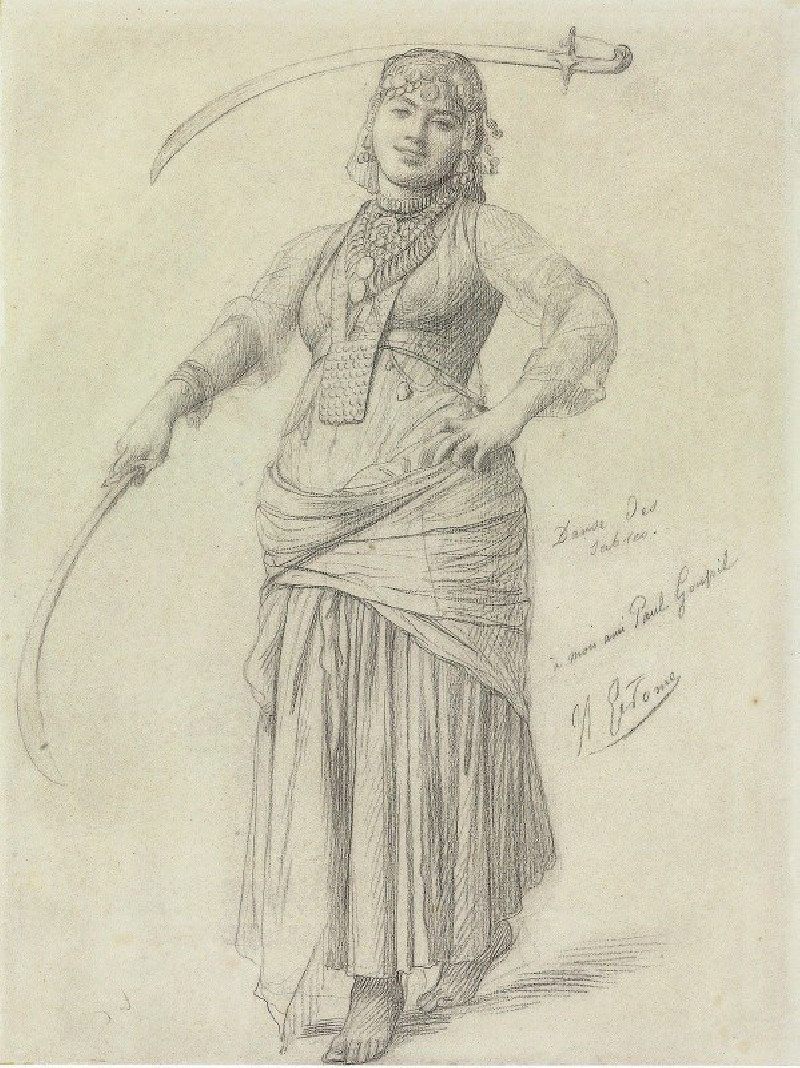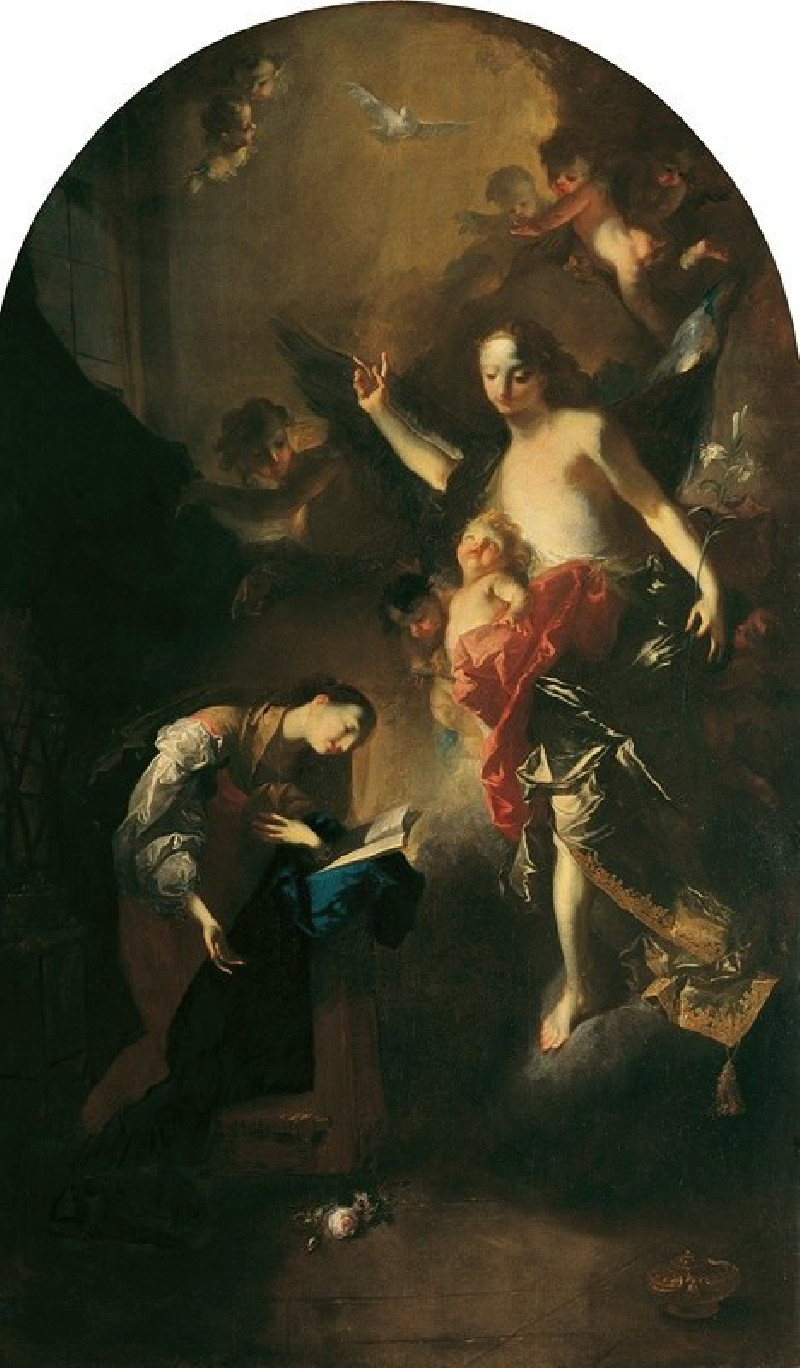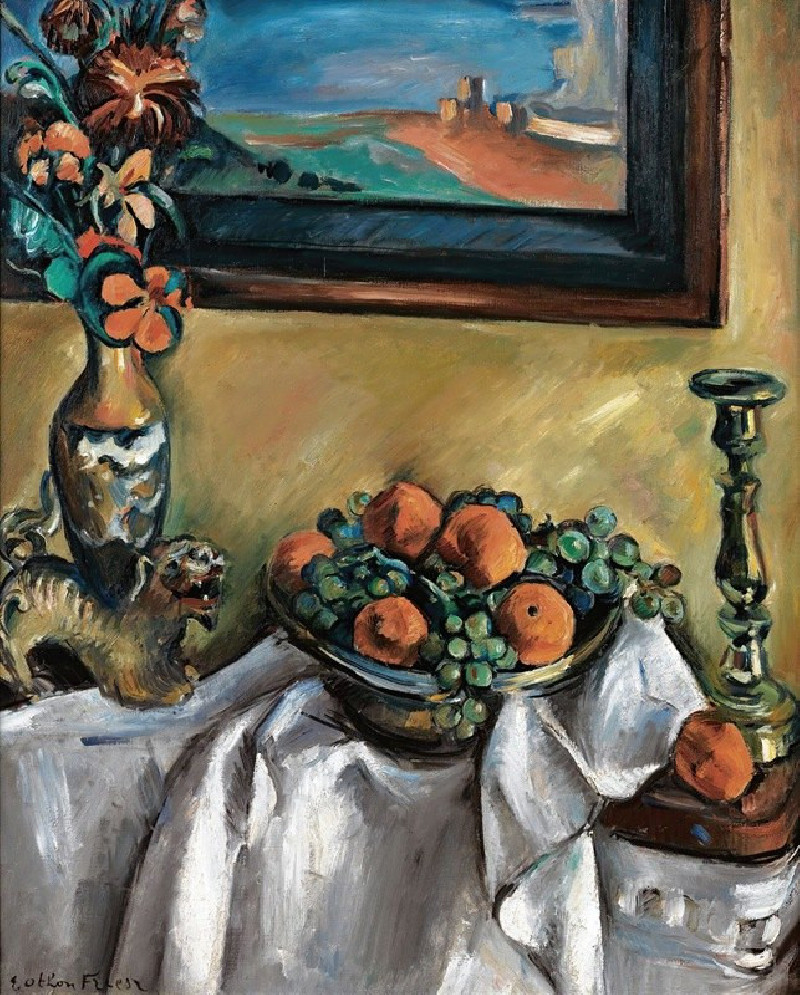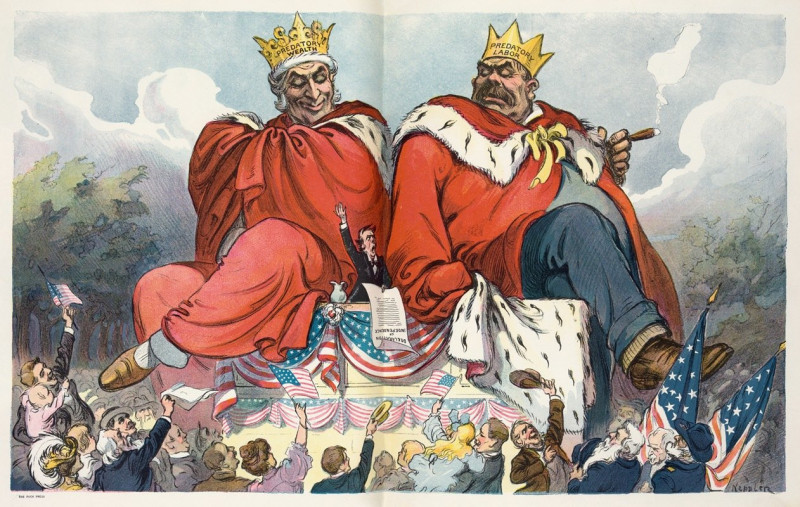Madame Edouard Manet (Suzanne Leenhoff, 1829–1906) (ca. 1873)
Technique: Giclée quality print
Recommended by our customers
More about this artwork
We are delighted to present a remarkable work by Edouard Manet, titled "Madame Edouard Manet (Suzanne Leenhoff, 1829–1906)" from circa 1873. This painting is an exquisite portrayal of Manet's wife, Suzanne Leenhoff, a talented pianist of Dutch origin. Leenhoff, who married Manet in 1863, was a frequent muse and subject in his artworks, and this particular piece is a testament to her graceful presence and the personal affection Manet held for her.The artwork captures Suzanne wearing a sophisticated grey dress and an elegant black hat adorned with accessories. The loose, swift brushstrokes typical of Manet’s style during this period provide a soft, almost ethereal quality to the painting, while strategically placed highlights bring life to her composed expression and the subtle details of her attire. The background is rendered in muted tones, emphasizing the figure and giving the painting an intimate, focused ambiance.This portrait not only reflects the style and aesthetic concerns of the late 19th-century Parisian avant-garde but also serves as a personal document of the artist's life. It allows us to peek into the quiet, everyday moments shared between the artist and his spouse, adding a rich layer of biographical depth to our understanding of Manet's oeuvre.
Delivery
Returns
Édouard Manet (1832–1883) was a French modernist painter and one of the first 19th century artists to paint modern life. His impressionist style is characterized by relatively small and thin brushstrokes that create emphasis on light depiction. Manet was one of the key artists in the transition from realism to impressionism, along with Claude Monet, Edgar Degas, and Pierre-Auguste Renoir. However, he resisted involvement in any one specific style of painting, and only presented his work to the Salon of Paris instead of impressionist exhibitions. His early masterworks, The Luncheon on the Grass and Olympia, created great controversy and served as a rallying point for other young painters.
































